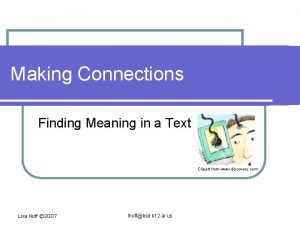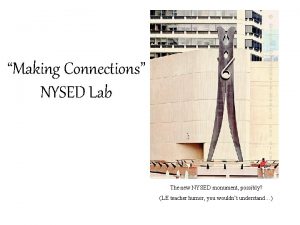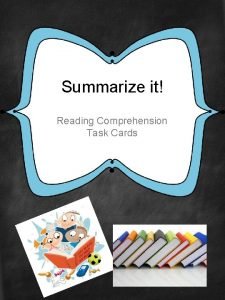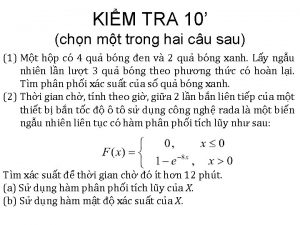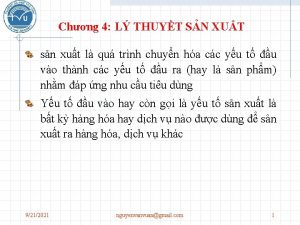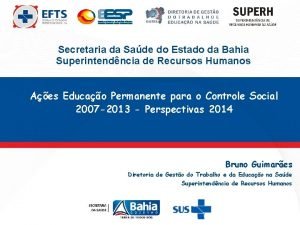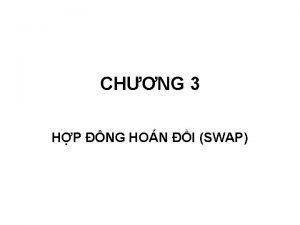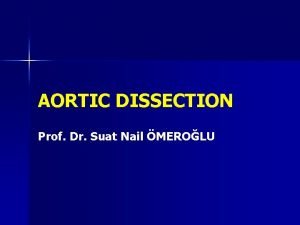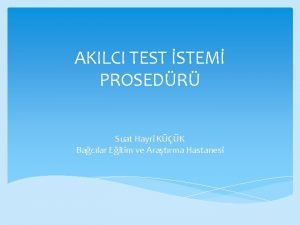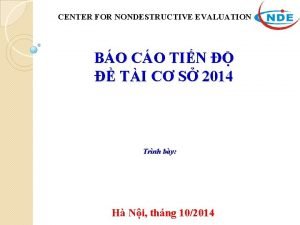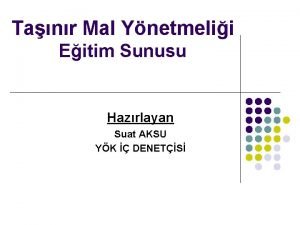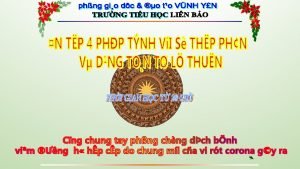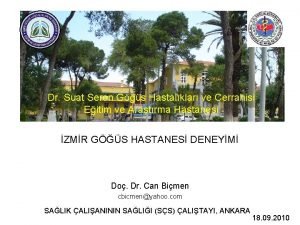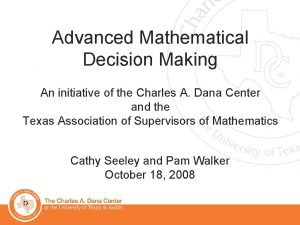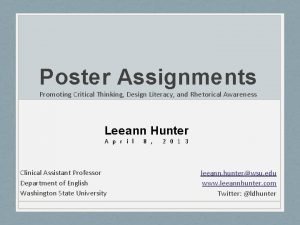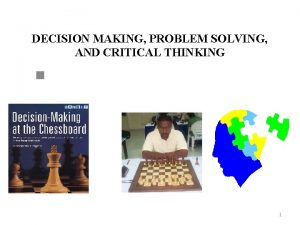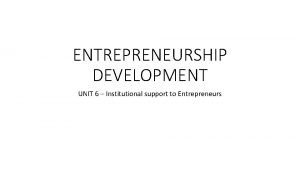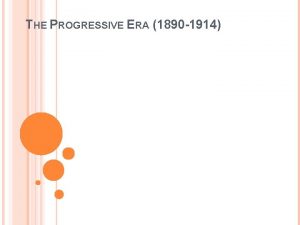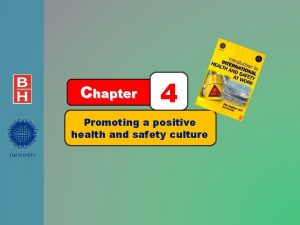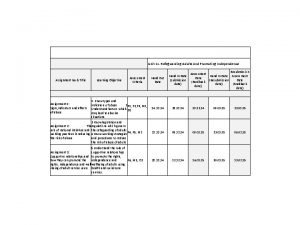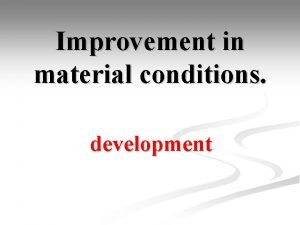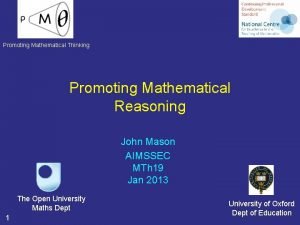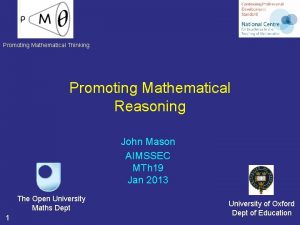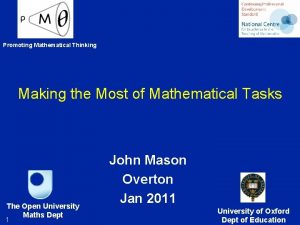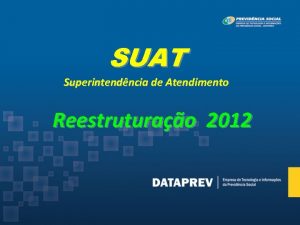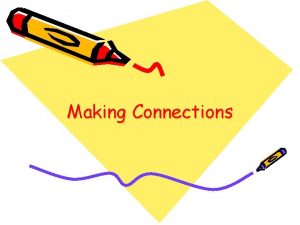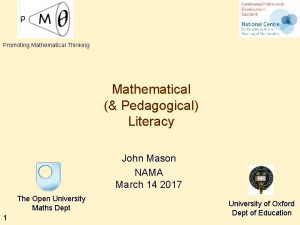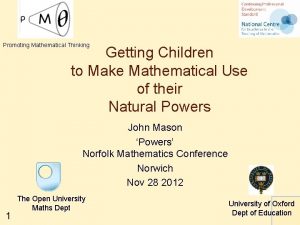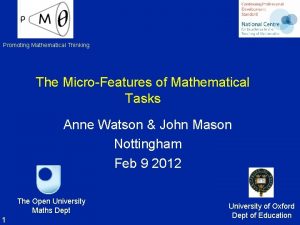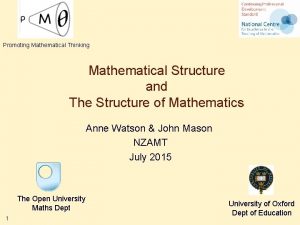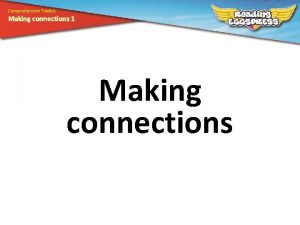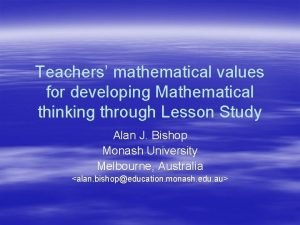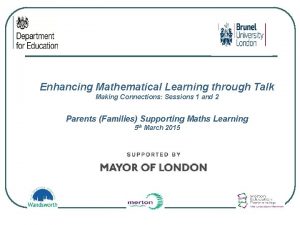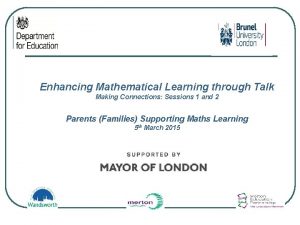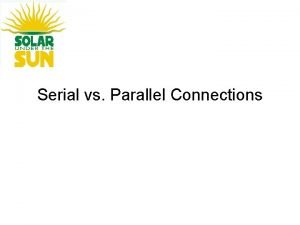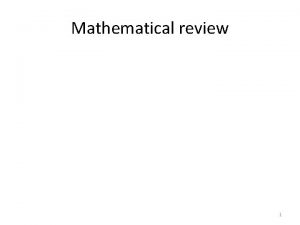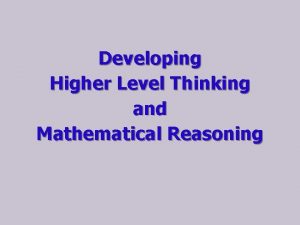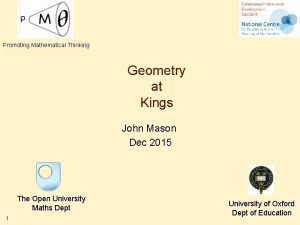Making Connections through Promoting Mathematical Thinking LimTeo Suat










































- Slides: 42

Making Connections through Promoting Mathematical Thinking Lim-Teo Suat Khoh, MME, NIE Mathematics Teachers Conference 2 June 2011

Overview • • Mathematical Thinking and Connections in the Singapore Mathematics Curriculum Connections within mathematics strands Connections across strands Connections with the real world

Mathematical Thinking and Making Connections Aims of Mathematics Education in Schools Develop the mathematical thinking and problem solving skills and apply these skills to formulate and solve problems. Recognise and use connections among mathematical ideas, and between mathematics and other disciplines. Do these sound familiar?

Mathematical Thinking and Making Connections Students should use various thinking skills and heuristics to help them solve mathematical problems. Thinking skills are skills that can be used in a thinking process, such as classifying, comparing, sequencing, analysing parts and wholes, identifying patterns and relationships, induction, deduction and spatial visualisation. Connections refer to the ability to see and make linkages among mathematical ideas, between mathematics and other subjects, and between mathematics and everyday life. This helps students make sense of what they learn in mathematics. Do these sound familiar?

Singapore mathematics curriculum • • • The Singapore mathematics curriculum promotes making connections and thinking skills. Think for 30 sec and tell your neighbour which mathematical thinking skill or skills you most often encourage in your classes. Then tell him/her what motivates you to encourage those thinking skills or what value you see in encouraging those mathematical thinking skills.

• • Mathematical thinking skills are the essence of mathematics. A person does mathematics when he/she engages in such thinking processes. Mathematical thinking skills provide connections which makes mathematics topics meaningful – otherwise we just have a repertoire of disconnected facts and rules.

Topics in the Syllabus Number Algebra Space Data Topic 1 Topic 2 Topic 3 Where are the connections between topics within or across strands?

Connections within Strand

Making Connections Within Strand • • As Mathematics is largely hierarchical, it is necessary to build new concept on those previously established and learned. Making such connections are essential as they give justification for the new concept learned. Euclidean Geometry as a field of study is the natural strand to develop connections since the whole structure of concepts, theorems and properties are connected via logical reasoning bridges. In topics of other strands, building of one concept upon another is also necessary.

Example 1: Constructions • • Compass constructions of angle bisector and perpendicular bisector of line segment Think through the steps of the construction Do you simply tell your students the steps? Do they know why the steps work?

Example 1 Symmetry properties of isosceles triangles A Kite is made up of two isosceles triangles with equal bases Line of symmetry is the perpendicular bisector of the base and is the angle bisector of the third (unequal) angle. Construction of perpendicular bisector of line segment Properties of kites Diagonals are perpendicular, one of the diagonals is the angle bisector of two angles and it also bisects other diagonal perpendicularly From a diagonal, constructing a kite and symmetry diagonal Constructing a kite and its diagonal Construction of angle bisector Lim, S. K. , (1997), Compass Constructions: A vehicle for promoting relational understanding and higher order thinking skills. The Mathematics Educator, 2(2)

Example 1: Reasoning and Deduction • • • Use of questioning to encourage reasoning is good but be careful of over-scaffolding which may be counter-productive to getting students to reason for themselves. Hierarchical teaching requires planning the order of the topics. If curriculum topics across years are not in the order wanted, the connection can be made later but within the same year, teachers can plan the ordering of the topics with such linkages in mind.

Example 2: Trigonometry – solution of triangles • How are the following topics linked? Pythagoras’ theorem Sine/cosine rule and solution of triangles • Write down Pythagoras’ theorem and the cosine rule. c 2 = a 2 + b 2 – 2 ab cos C A’ B

Example 2 • Generalisation and Specialisation Learning of the special case of right-angled triangles first Moving towards more general case of any triangle – as angle C is reduced to acute from right angle, the side c is shortened. Pythagoras’ Theorem is used in proof of cosine rule Pythagoras’ Theorem becomes a special case of cosine rule where C becomes a right angle and cos C = 0

Structures and Relationships • • • In mathematics, defining concepts, making categories and sub-categories and establishing relationships is a fundamental process. This uses thinking processes like comparing, contrasting, generalising, exemplifying. The strength of mathematics is that rules/processes work for a category rather than just for particular cases. Understanding this enables efficient processes to be carried out.

Example 3: Categories of Quadrilaterals • • Properties of quadrilaterals are learned in Sec 1 but students seem only to learn them as separate shapes each with its own properties. It is difficult to remember so many properties Are they able to see that Every property satisfied by a parallelogram is also satisfied by a rectangle or a rhombus Every property satisfied by a rhombus is satisfied by a square Every property satisfied by a rectangle is satisfied by a square How can we teach the topic so that the relationship between the shapes are understood?

MCK Question from TEDS-M Three students have drawn the following Venn diagrams showing the relationships between four quadrilaterals: Rectangles (RE), Parallelograms (PA), Rhombuses (RH), and Squares (SQ). Which student’s diagram is correct? Among NIE’s graduating student teachers who are trained to teach primary mathematics, only 66% obtained the correct answer.

Categorising, Specialising, Exemplifying • • The concept of set relationships promotes the mathematical understanding that an element of a subset satisfies every property that an element of the superset satisfies. Thus, a square which satisfies every property of a rhombus and every property of a rectangle is both a rhombus and a rectangle. The set of squares is thus the intersection of the set of rhombuses and the set of rectangles.

Categorising, Specialising, Exemplifying • • Activities that can lead to such understanding includes getting students to try to create impossible shapes after studying the properties e. g. give me an example of a square which is not a rhombus. Such activities also encourage higher van Hiele level thinking – understanding the meaning of a mathematical definition. Misconceptions from primary levels can also prevail – a rectangle must have 2 longer sides and 2 shorter ones. A square is a rhombus because it satisfies all the properties which define a rhombus.

Example 4: Categories of numbers • • Why are there different types of real numbers: natural numbers, negative numbers, integers, rational numbers? What is the relationship between them?

Organisation of subsets of real numbers Set of Real Numbers Negative Numbers Positive Numbers Z Counting Integers E Numbers R O Rational Numbers Expansion of the concept of numbers: from counting numbers, to fractions, to negative numbers and irrationals.

Subtraction and Closure • • The concept of closure for operations. The set of whole numbers is NOT closed under subtraction Need for negative numbers !

Expansion of concept of numbers • • Thus within the set of whole numbers (most of primary school arithmetic), there needs to be constraints on subtraction (subtract smaller number from bigger) and division (remainders) in order for “answers” to still be whole numbers. In order for subtraction to be closed, we need to expand to negative numbers. Moral of Xuan’s story – even primary children can understand concept of negative numbers

Expansion of concept of numbers • • • Closure of operations Set Natural Numbers Integers Rational Numbers + Real Numbers For division to be closed, we need to expand to rational numbers – unfortunately, most students do not see fractions as answers to whole number division. Connections (asking appropriate questions, providing challenging examples) help students to see the relationship between the types of numbers.

Categories of Numbers • As example of disconnectedness, many pupils do not see fractions as a type of numbers. Are whole numbers fractions? Why are operations different? Or are they? Number line is a useful tool to see fractions as numbers – this is one concept of fractions not well established due to over emphasis on “part of a whole” concept of fraction over other concepts. What are the links between these concepts?

Addition of fractions 0 1 If I choose to add 2 and 3 by writing 2 as 6/3 and 3 as 12/4 and use the rule for adding fractions would the answer be correct? 2

Example 5: Polynomial Functions • • • Polynomials include linear functions, quadratic functions, cubic functions. Our pupils learn from particular to general, beginning from linear, to quadratic to polynomial but unless we then connect them up to those learned earlier, each becomes a separate category disconnected with those learned earlier. Importance of contrast and compare to “recognise” a particular concept i. e. necessity of non-examples, variation in examples and superordination.

Example 5 • • • When teaching quadratic expressions ax 2 + bx + c: Get students to give a few quadratic expressions – try to have more diversity in the coefficients (negative, non-integers) Ask them to change their quadratic expressions slightly so that they are no longer quadratic When teaching polynomials, students can be asked to give examples of polynomials they have already encountered. Always include non-examples, tricky examples etc when establishing concepts

Example 6: Using processes learned earlier • • • In teaching processes, it is also important to make connections so that students know we are using processes learnt earlier. Substitution is a very powerful tool in mathematics because it allows the person transform what he is working with into a form he can work with because of processes learned earlier. So here the skill is the altering process and the connection is to a solution method already mastered.

Example 6 • Solving simultaneous equations y 2 + (2 x + 3)2 = 10 2 x + y = 1 • • • Solving equations where unknown is in the exponent e-x(2 e-x + 1) = 15 Integration Differentiation (chain rule)

Summary of learning theories Principle of Variability Multimodal Contrast (nonexamples) Teach -ing Higher level concepts Building on schema Piaget, Bruner, Dienes, Gagne, Skemp, Marton

Concept Mapping • • • Use of topic maps across years could be useful for teachers Concept maps within a topic cluster can provide learner with overview of what (s)he has learned and what the connections are. Preferably, students can draw their own maps after each topic cluster. Functions Average rates of change Graphs Intuitive understanding of tangent as instantaneous rates of change Derivative Limits

Connections across strands

Across domains of Number, Algebra • Algebra as generalised arithmetic, to provide a language to articulate rule Letters as pattern generaliser • Algebra as processes to solve problems Letters as unknowns Sec 1 teachers to link algebra to model method Number

Across domains Algebra and Geometry • Algebra as a language to articulate relationships Letters as variables • • Cartesian geometry expresses relationships in terms of points in space across dimensions Use of Algebraic processes to solve equations in geometry, trigonometry – meaning of solution as values that satisfy the relationship which is expressed as one or a set of equations.

Across Data, Algebra and “Geometry” • • Algebraic language used to express relationships from data Visual representation to illustrate data relationships in a different mode e. g. scatter plots.

Connections to Reality

The applicability of Mathematics • • • Usefulness of basic mathematics is obvious for maths at primary level but not secondary. Applications are at higher levels beyond what the secondary students see and they regard attempts to apply as impractical, unnecessary or irrelevant to their lives. May need to go for novelty effect or link to what they are interested in e. g. sports, how points are awarded in games and how these are linked to strategies, mathematics in nature.

Going broader – Points to watch out for • • Reality check – complexity of real life, nonlinearity of relationships, information gathering, extraneous information, different perspectives. Using data to make informed choices, decision making skills from multiple perspectives should be encouraged. Letting students choose their own problems, which could depend on the school context, latest fashion. Work with teachers of other subjects for cross-discipline projects.

Going deeper – beyond syllabus • • • Tickle their mathematical fancy – go further, beyond curriculum demands e. g. a result has been established in a 2 -dimensional plane; what about in 3 -dimensions or on a curved surface? Challenge them to use deeper mathematics e. g. Calculus for growth models. Start with a problem and allow students to find the mathematics necessary (which they may not have learned yet or may never learn)

Thinking skills fostered/encouraged • • Hypothesising Checking hypothesis Making inferences Explaining Convincing/justifying (not just mathematical proofs) Giving examples Making generalisations

Conclusion Content-wise Connections are the essence of mathematical structures Pedagogy-wise Connections enhance learning (better and deeper learning)
 Promoting alternative thinking strategies
Promoting alternative thinking strategies Text features clipart
Text features clipart Making connections lab
Making connections lab Tug of war
Tug of war Text to text connections
Text to text connections What is an example of a text-to-media connection?
What is an example of a text-to-media connection? Making connections task cards
Making connections task cards Econ213
Econ213 Bảng phân phối xác suất
Bảng phân phối xác suất Quy luật năng suất biên giảm dần
Quy luật năng suất biên giảm dần Hipoksik hecme nedir
Hipoksik hecme nedir Suat tenda
Suat tenda Bài tập hợp đồng hoán đổi
Bài tập hợp đồng hoán đổi Suat nail ömeroğlu
Suat nail ömeroğlu Suat hayri küçük
Suat hayri küçük Dr suat biçer
Dr suat biçer ứng suất dư là gì
ứng suất dư là gì Suat aksu yök
Suat aksu yök Quy tắc tam suất thuận
Quy tắc tam suất thuận Msüd
Msüd Advanced mathematical decision making
Advanced mathematical decision making Positive thinking vs negative thinking examples
Positive thinking vs negative thinking examples Thinking about you thinking about me
Thinking about you thinking about me Thinking about your own thinking
Thinking about your own thinking Dichotomistic
Dichotomistic Perbedaan critical thinking dan creative thinking
Perbedaan critical thinking dan creative thinking Critical thinking poster making
Critical thinking poster making Critical thinking problem solving and decision making
Critical thinking problem solving and decision making Institutional support for entrepreneurship development
Institutional support for entrepreneurship development Deontology ethics example
Deontology ethics example Promoting moral improvement
Promoting moral improvement Do. 27 s. 2015 promoting family earthquake preparedness
Do. 27 s. 2015 promoting family earthquake preparedness Promoting a positive health and safety culture
Promoting a positive health and safety culture Promoting services and educating customers
Promoting services and educating customers Leaving cert business philip curry
Leaving cert business philip curry Health promoting school
Health promoting school Chapter 7 promoting health and wellness
Chapter 7 promoting health and wellness Promote service arrange decide
Promote service arrange decide Chapter 1 lesson 4 promoting health and wellness
Chapter 1 lesson 4 promoting health and wellness Health promoting schools model
Health promoting schools model Unit 11 safeguarding adults and promoting independence
Unit 11 safeguarding adults and promoting independence Keeping an infant safe and well section 7-3
Keeping an infant safe and well section 7-3 Japan's principal asset in promoting development is
Japan's principal asset in promoting development is

